Sant’Ambrogio e Carlo al Corso is a grand Baroque basilica in Rome, dedicated to Saints Ambrose and Charles Borromeo, and serves as the national church of the Lombards.
Dedication: To Saint Ambrose and Saint Charles Borromeo, patron saints of Milan.
There is so much to see in Rome and it can be tiring on the feet!
This journey is going to be so much easier than it looks as the Metro is used to get from one end to another and then the distances in between become relatively small and manageable, I assure you. Overall, there is about 2 hours of walking just between the various points, but with the metro taking some of the strain, it will be less than that. Generally every stop is about 15 minutes apart at the most from the next.
As with all of these Vincolis, my routes start out from the colosseum.
Basilica of San Pietro in Vincoli - best known for housing Michelangelo's statue of Moses. You will not need to spend much time here. It is about 25 minutes to and from Colosseo Metro.
Basilica di San Giovanni in Laterano - The church is the oldest and highest ranking of the four major papal basilicas as well as one of the Seven Pilgrim Churches of Rome, holding the unique title of "archbasilica". This is at most 25 minutes by Metro from Colosseo with a 5 minutes walk at the end.
Travel by metro from San Giovanni to Flamini, it takes approximately 10 minutes and then a 2 minute walk to the Piazza Del Popolo
A 10 minute walks gets you to the Sant'Ambrogio e Carlo al Corso
Museo e Cripta dei Cappuccini is a 15 minute walk.
From Piazza Barberini, home of the Museum and Crypt, you can take a 10 minute walk to the Trevi Fountain. It is then a 5 minute walk to Piazza Colonna. Alternatively, save the Trevi Fountain for the night when it is lit up and walk for 12 minutes directly to Piazza Colonna.
After Colonna, walk to the Piazza Della Rotunda and see the The Parthenon, it is only a 5 minute walk.
The The Piazza Navona is another very short walk of 5 minutes.
Now it is an 8 minutes walk to the Largo di Torre Argentine, the site where Julius Caesar was killed.
Finally, we walk 9 minutes to Basilica di San Nicola in Carcere and have a look at the crypt!
Now, to get back to your hotel, it is a 7 minute walk to the bus station at Capolinea, or a further 16 minutes back to metro at Colosseo.





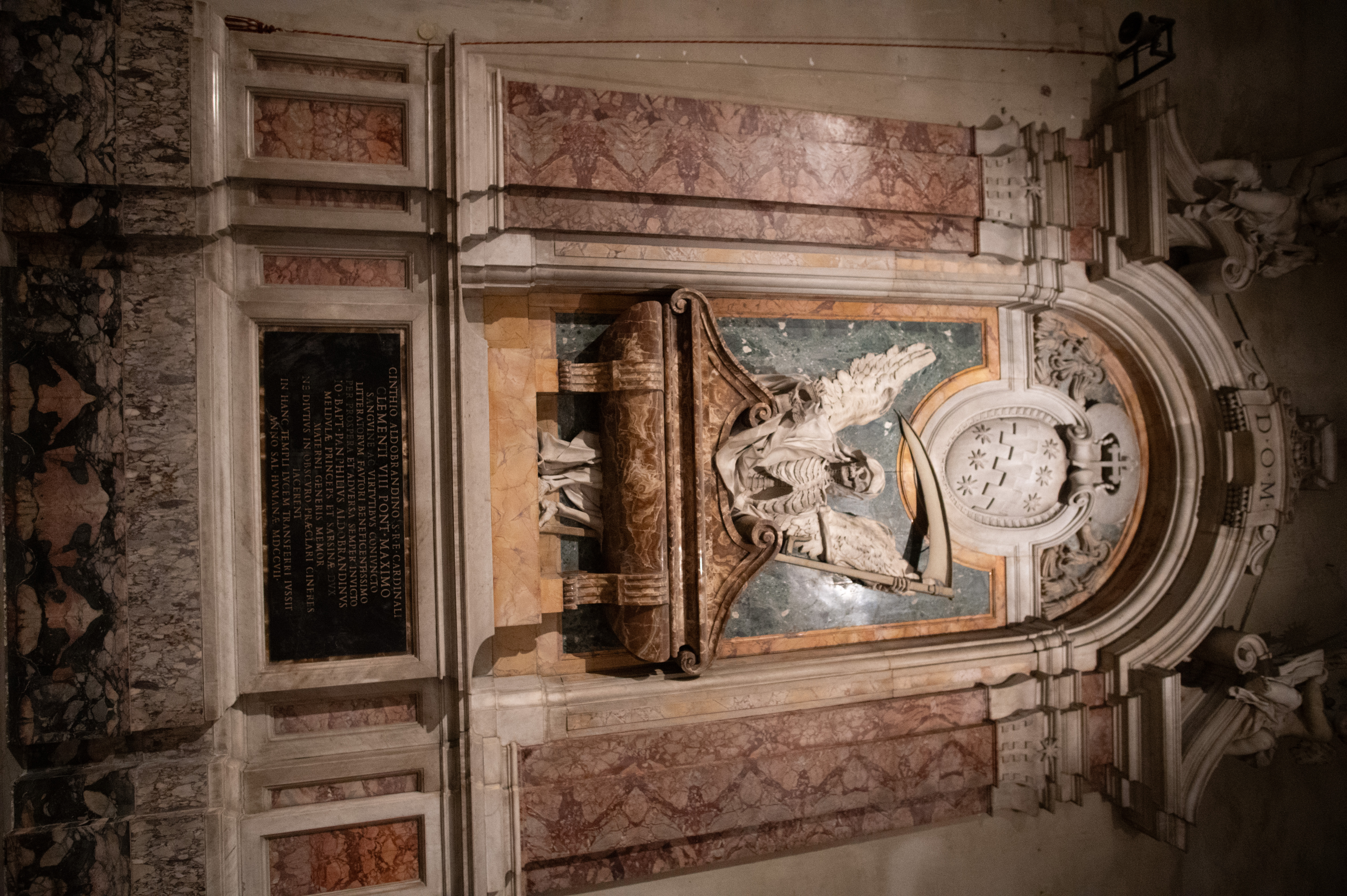

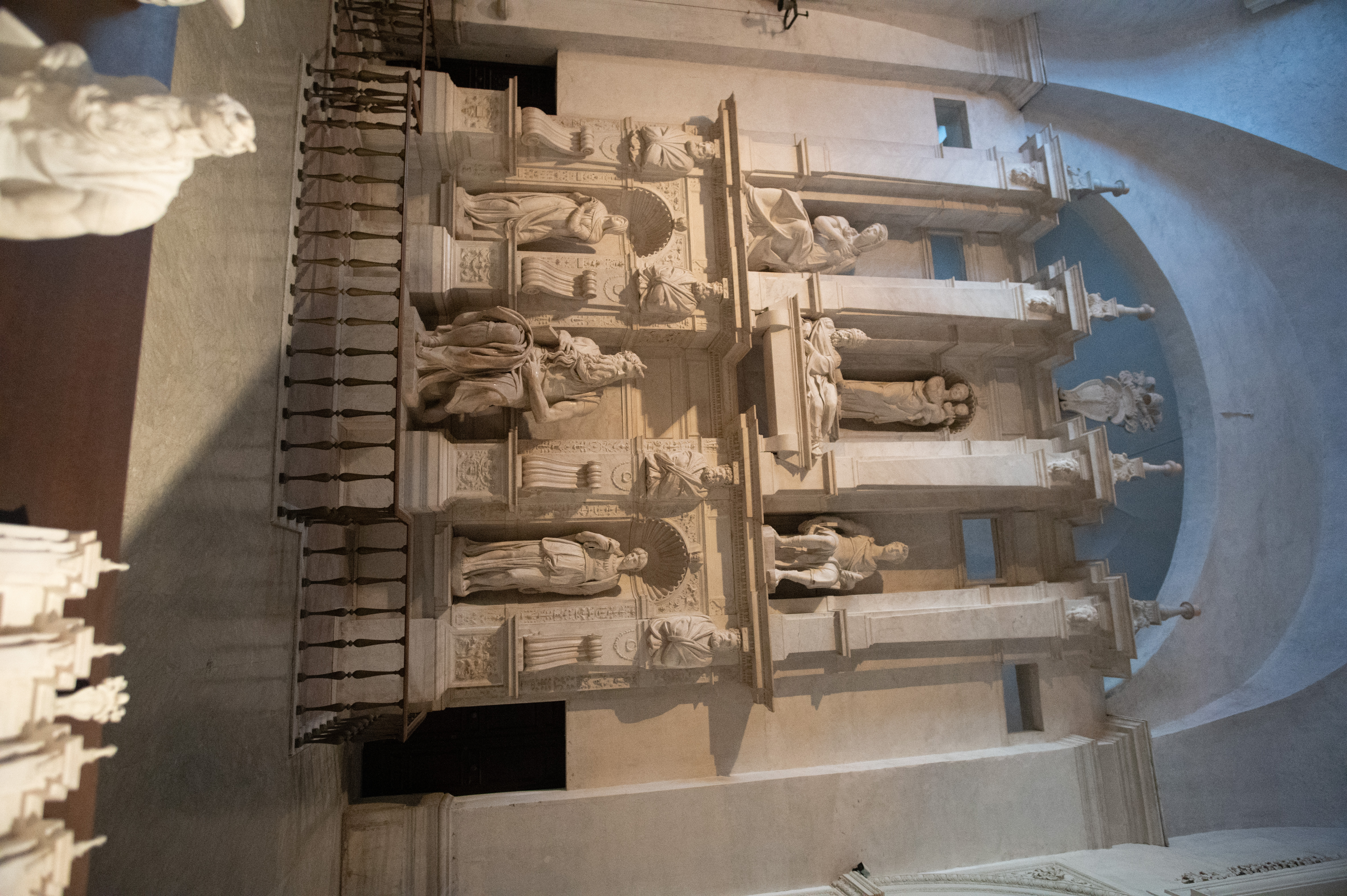

The Basilica of San Pietro in Vincoli, or "Saint Peter in Chains," is a 5th-century Roman church renowned for housing Michelangelo’s powerful statue of Moses and the sacred chains that once bound Saint Peter.
Founded in the 5th century, the basilica was commissioned by Empress Licinia Eudoxia to enshrine the chains that had bound Saint Peter during his imprisonment in Jerusalem. According to legend, Pope Leo I compared these chains with another set from Peter’s Roman imprisonment in the Mamertine Prison. When brought together, the two miraculously fused—an event that gave the basilica its name: in vincoli (Latin for “in chains”). The relic of the fused chains is preserved in a reliquary beneath the main altar and is publicly displayed each year on August 1st, the feast of Saint Peter in Chains..
The basilica is most famous for Michelangelo’s statue of Moses, created between 1513 and 1515 as part of the unfinished tomb of Pope Julius II. Moses is depicted seated, holding the Tablets of the Law, with intense muscular tension and expressive fury, capturing the moment he descends from Mount Sinai to find the Israelites worshipping the golden calf. The statue is notable for its horns, a result of a mistranslation of the Hebrew word karan (rays of light) as keren (horns) in the Latin Vulgate Bible. Although originally intended for St. Peter’s Basilica, the tomb was never completed as planned. Pope Julius II was ultimately buried in St. Peter’s, and the mausoleum in San Pietro in Vincoli remains empty.
References
/en.wikipedia.org /www.rome.net www.turismoroma.it Text generated by Microsoft CoPilot
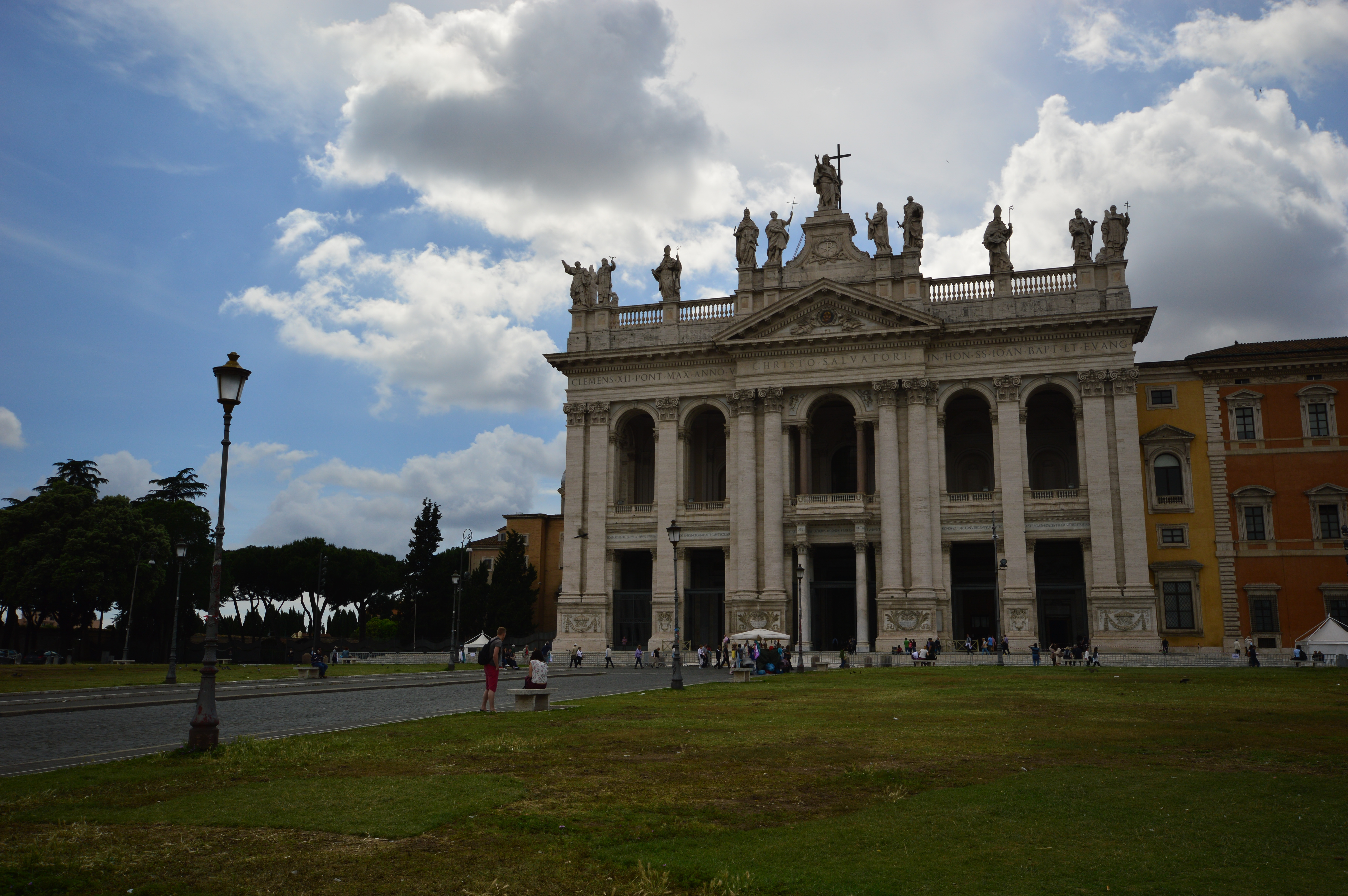
 click here to visit the Basilica di San Giovanni in Laterano page
click here to visit the Basilica di San Giovanni in Laterano page

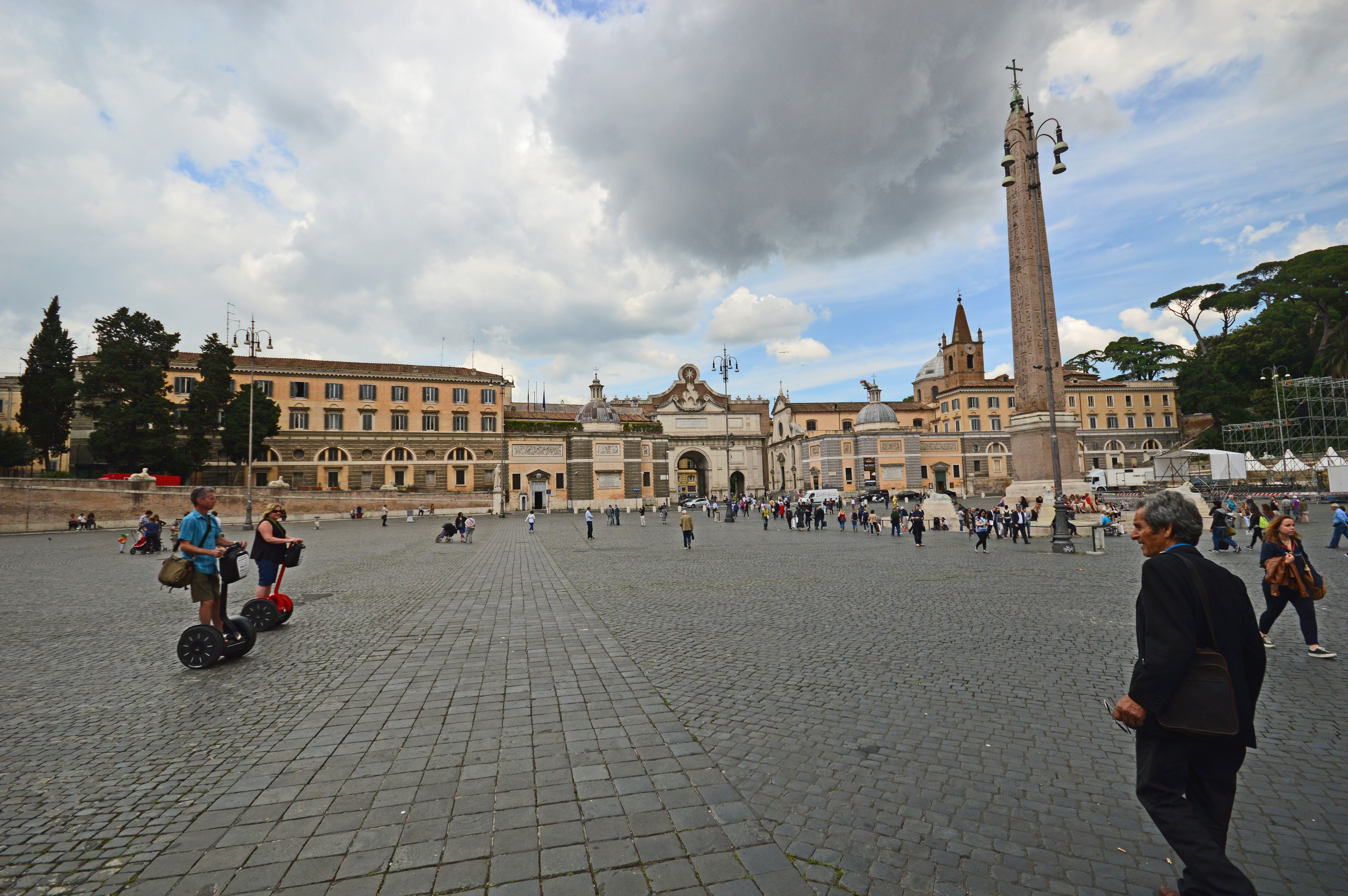

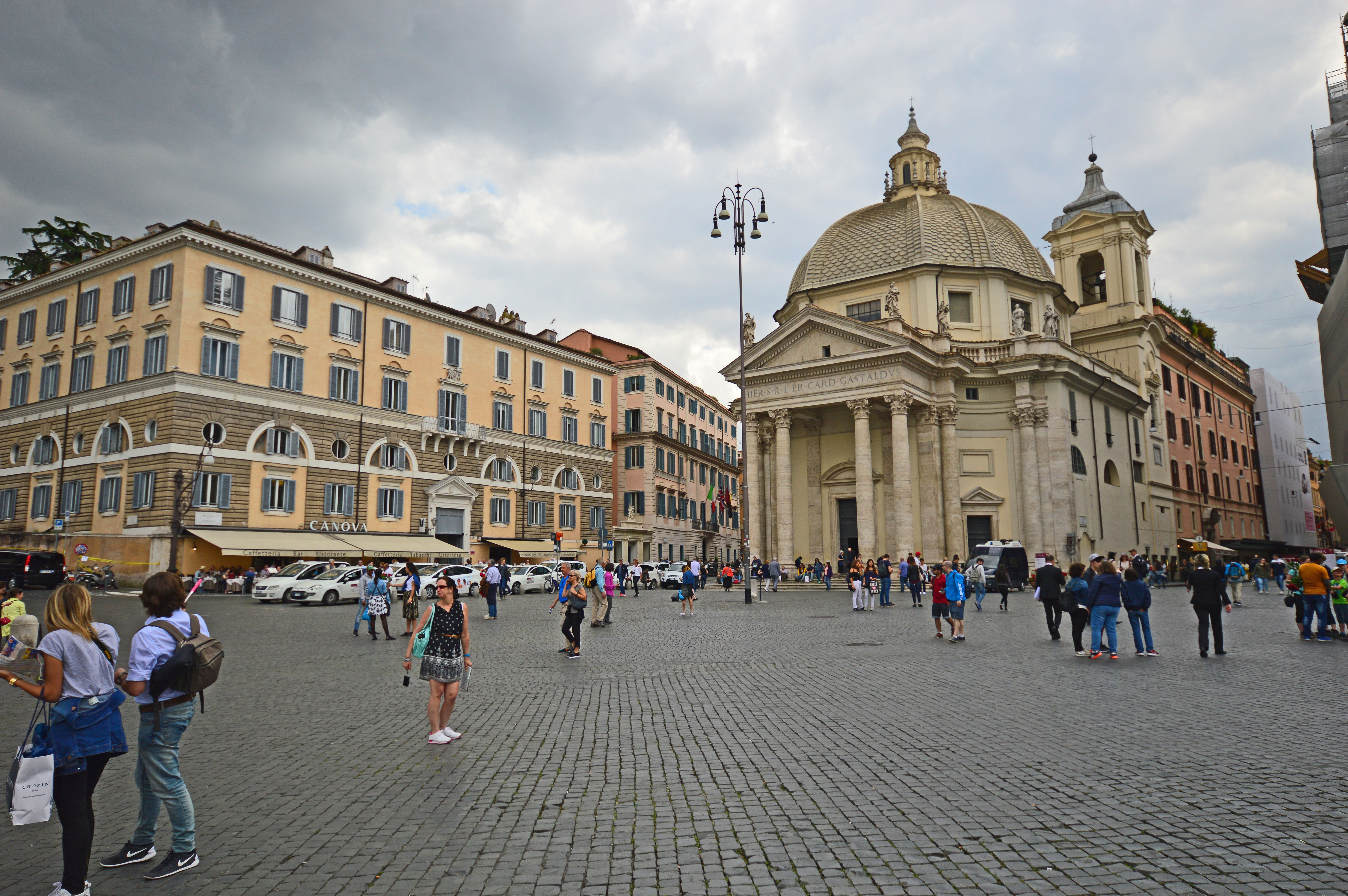
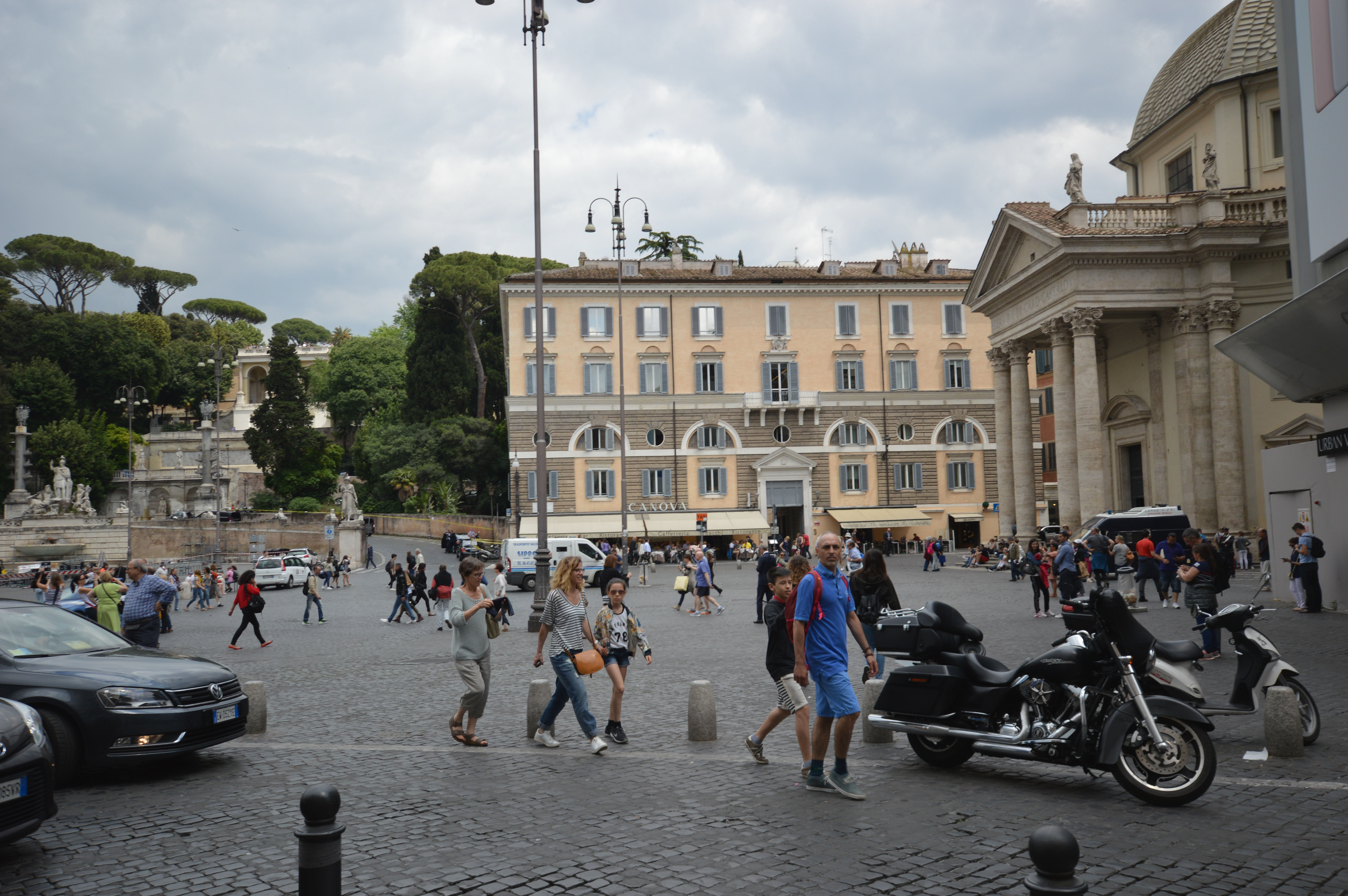
Piazza del Popolo is one of Rome’s most iconic and symbolically charged squares—once a grand entrance to the Eternal City, now a harmonious blend of ancient monuments, Renaissance art, and urban spectacle.
The name Piazza del Popolo means “People’s Square,” but it likely derives from the poplar trees (populus) that once grew near the Church of Santa Maria del Popolo. It was the first view of Rome for travelers arriving via the Via Flaminia, the ancient Roman road from the north. The Porta del Popolo, formerly the Porta Flaminia, marked this ceremonial threshold. The square was also a site of public executions until 1826, adding a darker layer to its civic history.
The current elliptical layout was designed by Giuseppe Valadier between 1811 and 1822. He transformed the cramped medieval space into a harmonious neoclassical composition, reminiscent of Bernini’s St. Peter’s Square. Valadier’s design includes symmetrical semicircles, tree-lined terraces, and a balustraded overlook from the Pincian Hill, integrating vertical and horizontal axes.
At the center stands the Flaminio Obelisk, a 24-meter Egyptian monument originally erected by Sety I and Ramesses II in Heliopolis. It was brought to Rome by Emperor Augustus in 10 BCE and Romed in the Circus Maximus before being moved here in 1589 by Domenico Fontana under Pope Sixtus V. Four lion fountains surround the obelisk, added in 1818 to enhance its visual impact.
References
en.wikipedia.org www.britannica.com www.romehacks.com Text generated by Microsoft CoPilot

















Sant’Ambrogio e Carlo al Corso is a grand Baroque basilica in Rome, dedicated to Saints Ambrose and Charles Borromeo, and serves as the national church of the Lombards.
Dedication: To Saint Ambrose and Saint Charles Borromeo, patron saints of Milan.